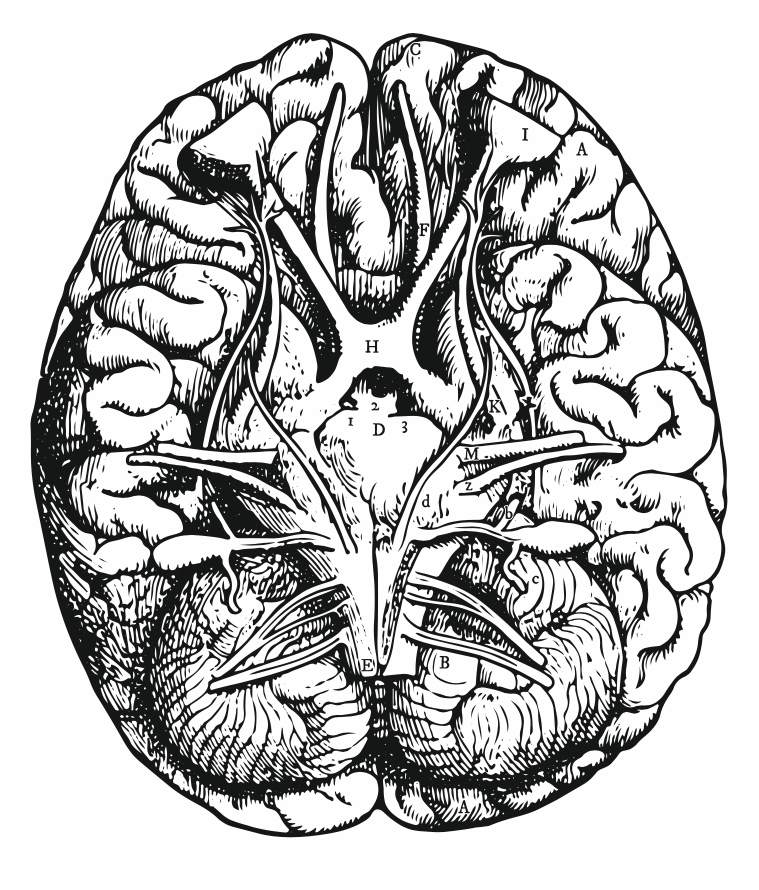Text that smiles
Typefacial expression
As the experimental examples in neuroscientist Leif Østergaard’s essay has made convincingly clear: reading is a remarkable and almost impossibly complex feature of the literate brain. All the processes involved happen at speeds so rapid that it makes reading feel intuitive, effortless, and almost subconscious. In fact, the act of reading per se – translating the visual impression of strings of letters into lexical and linguistic information – is happening automatically in the brain of the fluent reader, who then can devote the cerebral focus to the understanding and interpretation of these – now semantically “charged” – letterforms. But let’s take a closer look at reading and what is going on in the brain, when we read – and when we learn to read.
There is no dedicated “reading center” in the brain. Writing (which obviously is a prerequisite to any reading) is the invention of encrypting spoken language into symbols “written” on stone, clay, papyrus, vellum, etc. Reading then is the decryption of this encrypted information, and when we read out loud, we turn these symbols back into spoken language.
“During reading acquisition, we transform some of the visual structures of the brain in order to turn them into a specialised interface between vision and language … we have to recycle existing brain systems for this novel use.”
The cognitive neuroscientist Stanislas Dehaene discovered a specific brain structure, with the function mentioned in the quote on the right. He and his team dubbed it the visual word form area (VWFA). Visual words, whether they are real words or just pseudowords with no semantic meaning, systematically activate this region in literate brains. Literacy – from a brain perspective – is the development of the VWFA in the visual cortex. VWFA is the letterbox of the literate brain and is highly specialised in recognising words and specifically word fragments – phonemes. The VWFA then needs input from the language-specific areas in the temporal lobe to “enrich” strictly visual letterforms with lexical and grammatical information, which in turn is sent to the frontal lobe where the focal heavy lifting of understanding and interpreting the text occurs.
Interestingly, the VWFA, as mentioned in the Dehaene quote, is recycled from its pre-literary use. Dehaene’s studies show that this same area activates when illiterates are shown faces and well known physical objects. The VWFA has been used for object and face recognition before it specialised in recognising type.
As type-face designers we naturally tend to think, that the VWFA has not entirely forgotten its pre-literate function. We are convinced that the face of the text still speaks and plays its part in the decoding and apprehension of the letterforms. Typefacial Expression might not be a scientifically robust term, but we have no doubt that the typeface can make the words smile, frown, scream, or sing.
* Source: Dehaene, S. (2011). The massive impact of literacy on the brain and its consequences for education. Human Neuroplasticy and Education, Scripta Varia 117, 19-30


